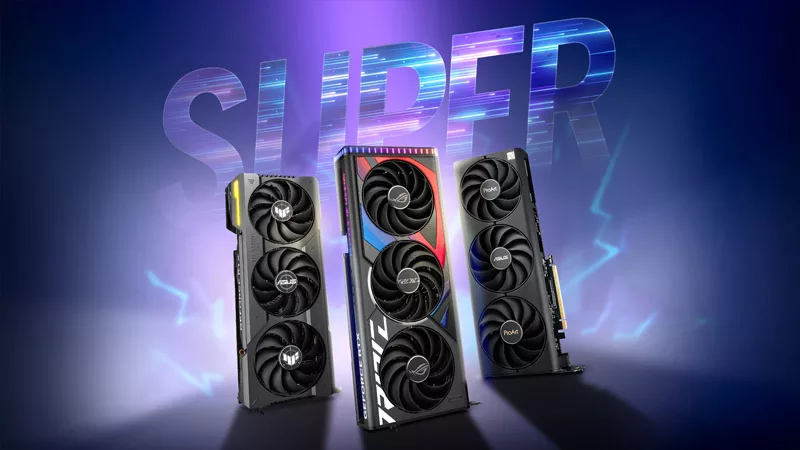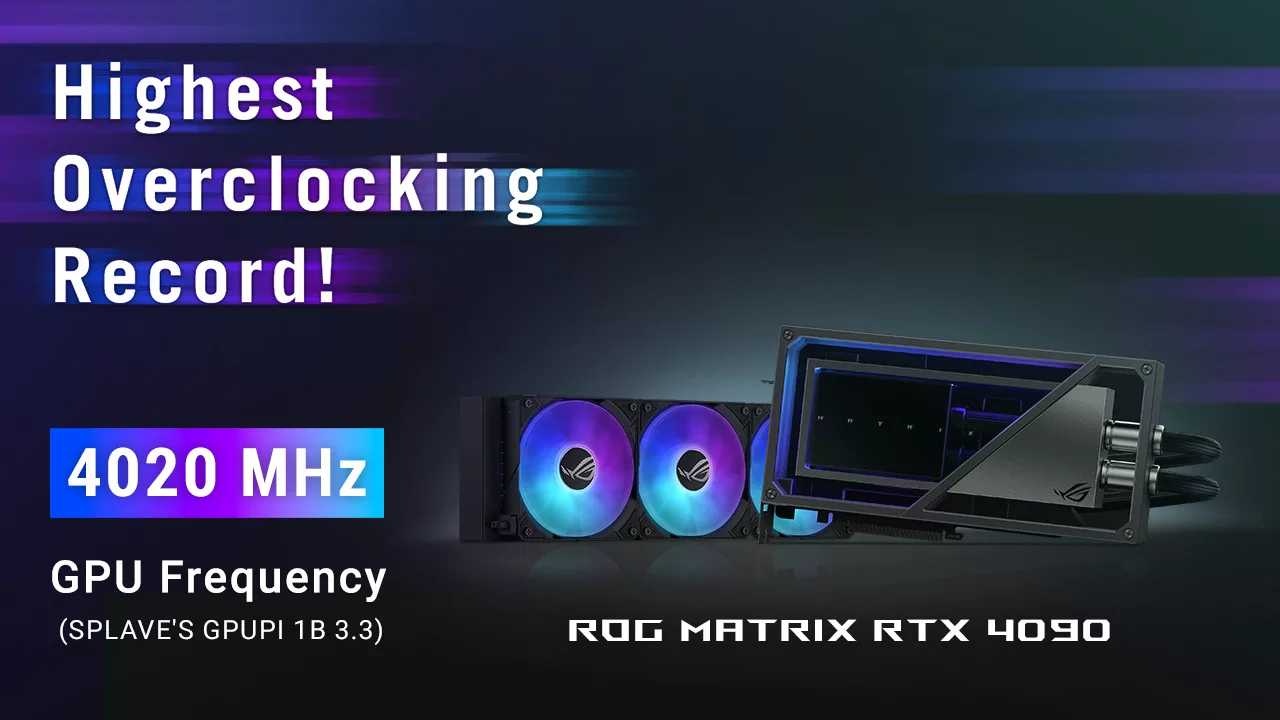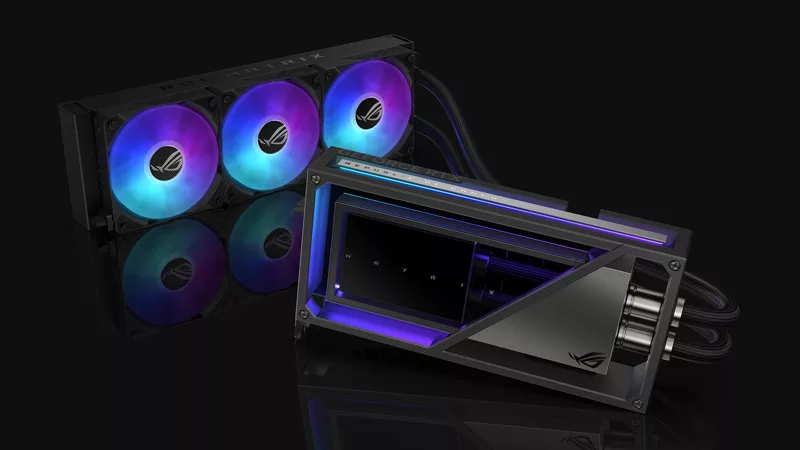What is Inside The ROG Poseidon Graphics Cards?
Debuted at Computex 2013, the Poseidon concept card was redesigned over the course of 6 months to better its performance and core design. That pre-release Poseidon is shown below.
[gallery include="" size="medium" link="file" template="file-gallery" columns="2"]
Why show you this card when we've just launched the final design? We feel it's a demonstration of ROG's ongoing process of testing and design refinement. Fundamentally both featured a copper vapor chamber that efficiently lifts the heat from the GPU core and spreads it evenly over the DirectCU II heatpipes, aluminum fins and water-channel - however, the new version (as in, the one you buy, shown below) significantly grew its air cooling stack with more fins and fatter heatpipes, which provide a superb air cooled DirectCU experience its fans (*pun-cough*) have come to expect.
Add water, and the temps drop up to 24C further, depending on factors like radiator size, other components in the loop and the ambient air temperature. The connectors are standard G1/4, which means they accept all common type of barbs to match the dimensions and aesthetics of your water cooling loop.
The heatsink is still kept dual-slot as well, meaning that it'll neatly fit SLI setups (on ROG motherboards, we hope!) and is compatible to work with other GTX 770 or GTX 780 cards (matching the one you use), if you need.
The key element is the Poseidon's DirectCU H2O is a hybrid cooler: it can be either air or water cooled at any time, so if you do change your cooling setup you don't have to add to the expense of an upgrade, or, void your warranty replacing the cooler.
ROG accepts it won't be quite as high performance as a full waterblock - and we will still work with great water cooling designers like EK to make full-cover blocks - but what the Poseidon offers is a much lower cost jump into water cooling. Typically full cover blocks can cost up to $100, which is an expensive upgrade for only a few degrees extra performance. Since you can already cut up to 24C from air cooling, the Poseidon's Direct H2O - like the Maximus VI Formula's CrossChill - offers a genuinely good-enough interim of better performance and more potential OC overhead.
On the outside it has ROG's trademark angular design, with a mix of red, dark grey and the white Poseidon name proudly stamped on the shroud. Underneath this there's a lick of orange copper, but the shine of nickel-plated heatpipes and aluminum fins dominates the view. While during installation that disappears into the depths of a dark PC case; plugged in and fired up you'll find the ROG logo is immediately noticeable as it pulses red.
The PCB is entirely custom designed by ROG engineers, with upgraded power hardware that's a combination of long life, lower temp and more total power hardware for overclocking stability. This is the Super Alloy Power hardware and those familiar with the DirectCU range will have used it before. As a testament to its reliability, it's been a relied on feature for several generations of graphics cards now.
It specifically consists of 10k black metallic caps, "SAP branded" solid ferrite chokes, large fuses at the power input as over current protection and more recently POSCAPs on the direct opposite side of the GPU to give it additional power at minimum distance, reducing EMI and any potential voltage drop.
The ROG Poseidon is available in GTX 780 and (~Feb 2014) GTX 770 models and for more information please refer to the product pages.








